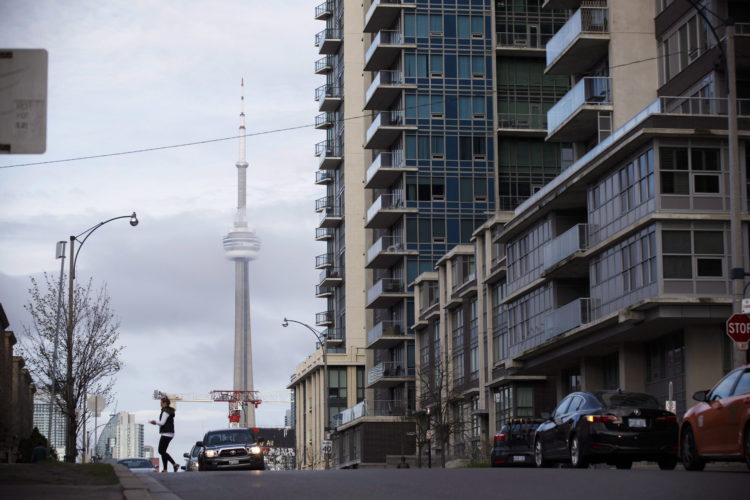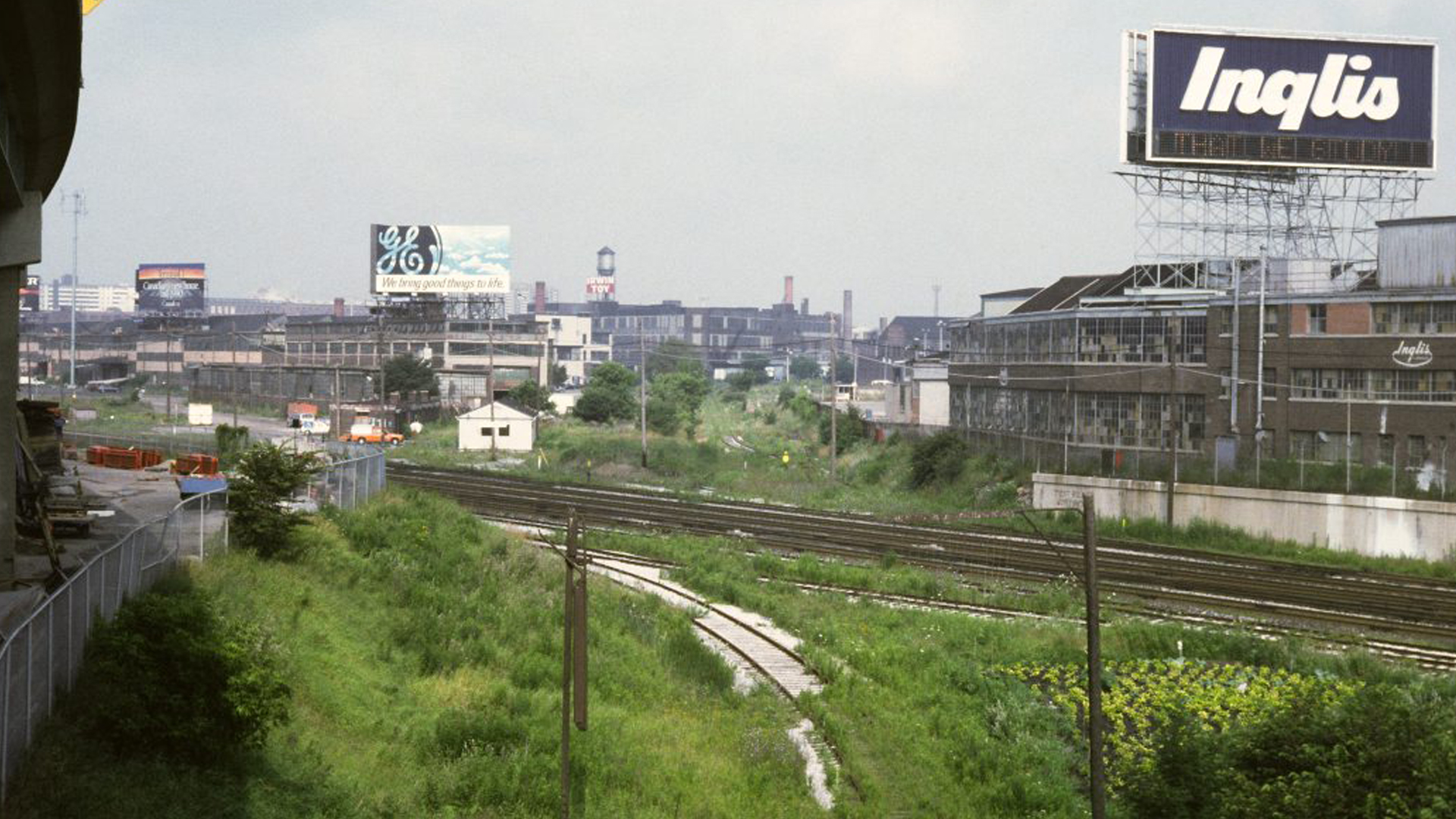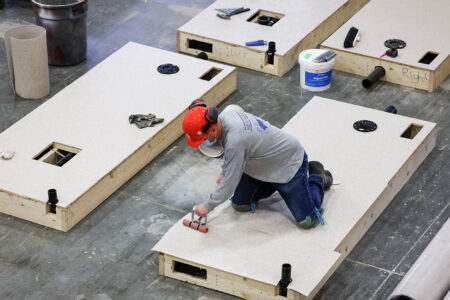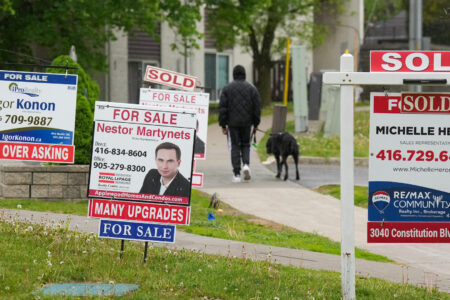
Urban sprawl is out of control in several cities in the Greater Toronto Area (GTA) and other major Canadian cities. Agricultural land is being converted at high rates for housing and industry development. There are numerous adverse effects of this on the sustainability of a city from an environmental, social and economic standpoint.
The best solution? Brownfield redevelopment. Brownfields are any site or property where land reuse or redevelopment is complicated because of previous contamination.
In Canada, there are around 30,000 brownfield sites and the majority of these lands have potential for redevelopment. Yet, urbanization has taken over in all major cities and development is extending beyond city boundaries. Premier Doug Ford’s Ontario government recently removed thousands of acres from the Greenbelt protected area around Toronto to use for housing development.
Action such as brownfield redevelopment needs to be taken to prevent further loss of important agricultural and protected land to urban sprawl.
There are many examples of successful brownfield redevelopment. Take for example Toronto’s Liberty Village which was once a vacant industrial field and home to a former prison. Located north of the Gardiner Expressway, near Toronto’s Exhibition Place, it is now one of the densest and most sought-after neighbourhoods in the city.

Similarly, an industrial Consumers Glass plant in Hamilton was left vacant for several years. It was then transformed into a sports field with lots of greenspace in a neighbourhood that lacked recreational land. Overall, the number of brownfields reported in that city dropped to 40 from 91 between 2008 and 2018, highlighting their significant value and potential.
In Cornwall, England, the Eden Project turned a clay pit into a park, with botanical gardens and nature biomes containing various plants and wildlife. The restoration included a living theatre to educate and connect people with the natural environment.
The social enterprise company spearheading the project worked with the help of donations and funding from the European Union, Cornwall council, the U.K. National Lottery and various other partners. The project is a testament to what can be achieved when there is the right support, collaboration and participation from community members, governments, municipalities, developers and other partners.
Converting farmland for urbanization is displacing natural habitats, causing soil erosion, water pollution and deforestation. These environmental impacts contribute to larger social inequities such as mobility issues or housing affordability, and create socioeconomic barriers between neighbourhoods and individuals.
Restored properties can also protect the environment and public health. Research indicates they can lower greenhouse gas emissions, prevent urban sprawl and, more importantly, integrate sustainable communities.
There are some common concerns with brownfield redevelopment, which are not always positively perceived by the public. Potential contamination may discourage investors and developers. The geography and infrastructure of the property may be unfavourable. However the real issues can be attributed to a lack of policy. The costs, legislation, regulations, liability and lack of support from the various levels of government or other stakeholders in the restoration process tend to hold back these projects.
Programs that improve public awareness of the benefits of brownfield redevelopment will promote better buy-in and support within neighbourhoods and communities. A national strategy that tackles urbanization and understands the need to act on sustainable development allows for a better planning process and an action plan to redevelop these vacant lands.
Brownfield redevelopment can be made more attractive by integrating strategies such as private-public-partnerships or designating teams to co-ordinate risk assessments of sites; market-value research; or legal, financial and policy framework analysis.
The creation of incentives such as the Brownie Award, which recognizes professionals interested in the rehabilitation of brownfield sites, is a step in the right direction. It reinforces the idea that there is a lot of opportunity and potential for brownfield land. Every brownfield restoration project is unique, and each makes significant contributions to livable and sustainable cities. Putting effective policy in place – including improving public awareness and making restoration easier – are important first steps.











